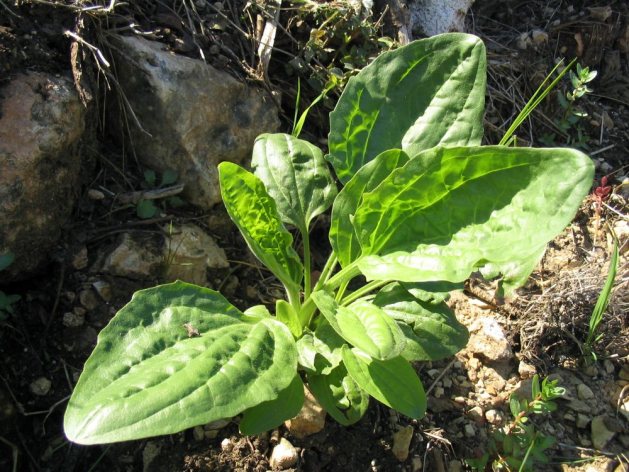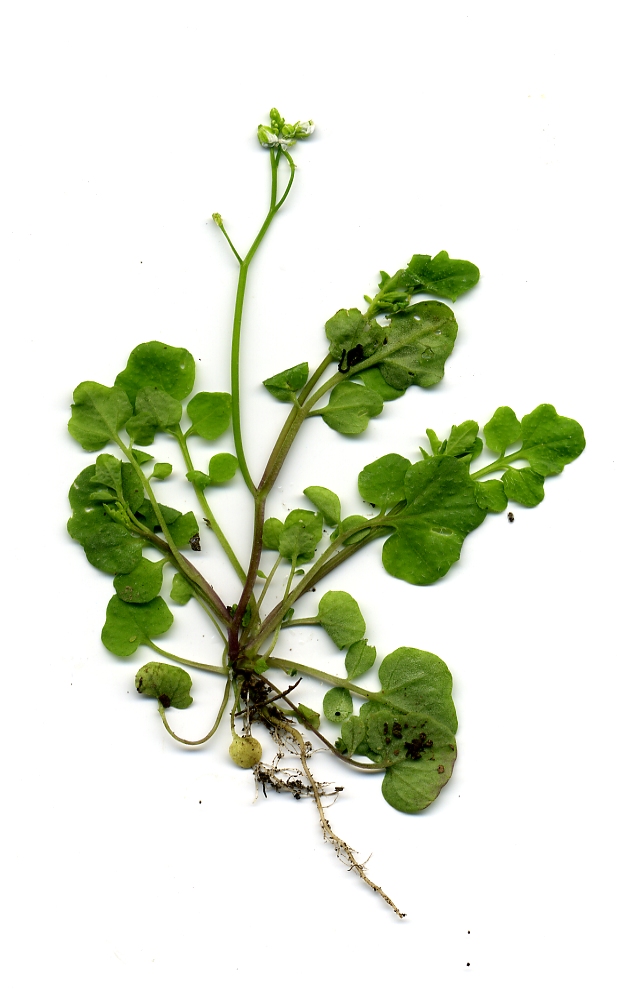By Kim Rendfeld
Whether it was originally a pagan poem with Christian elements or vice versa, the “Nine Herbs Charm” reveals clues about Saxon culture before Christianity, something a novelist needs when portraying the lost pagan religion of the eighth-century Continental Saxons conquered by Charlemagne.
 |
| Plantain |
The healer would grind the herbs into a powder, then make a paste with soap, apple juice or apple pulp, and ashes and use it as a salve on a wound while reciting the charm.
 |
| Hairy bittercress |
Mugwort, which smells like sage, it can be used to repel insects. Plantain leaves are supposed to be good to treat bee stings and poison ivy. Chamomile extracts might be anti-inflammatory, anti-spasmodic, and anti-infective for minor illnesses. (Author’s disclaimer: I’m not a medical professional, not even close. Nor have I tried any of these. If these herbs at all tempt you, please consult an expert.)
| Stinging nettle |
You almost get the feeling these herbs are warriors about to do battle.
See a translation of the poem here: "Nine Herbs Charm" from Karen Louise Jolly's Popular Religion in Late Saxon England: Elf Charms in Context.
Public domain images via Wikimedia Commons.
Other Sources
Anglo-Saxon Medicine, Malcolm Laurence Cameron
The Word Exchange: Anglo-Saxon Poems in Translation, Greg Delanty and Michael Matto
Rodale’s Illustrated Encyclopedia of Herbs
Kim Rendfeld drew on the charm as she was writing her latest release, The Ashes of Heaven’s Pillar (2014, Fireship Press), a story of a Saxon mother and the lengths she will go to protect her children.
To read the first chapters of Ashes or Kim’s debut, The Cross and the Dragon (2012, Fireship Press), or learn more about her, visit kimrendfeld.com or her blog Outtakes of a Historical Novelist at kimrendfeld.wordpress.com. You can also like her on Facebook at facebook.com/authorkimrendfeld, follow her on Twitter at @kimrendfeld, or contact her at kim [at] kimrendfeld [dot] com.
Kim's book are available at Amazon, Barnes & Noble, and other retailers.


Plantain is a direct anti-histamine, and like dock can be used as a crushed leaf to alleviate nettle sting. Nettle when crushed is also anti-histamine and is jolly good for a range of rashes and skin conditions, mixed with cucumber and house leek it's good for eczema and for burns. If mugwort smells like sage I wouldn't rule out it containing the same strong antibacterial qualities; sage gargle and tea for a sore throat are excellent, and dried sage pounded with salt was long used as a teeth cleansing powder. It works better with bicarb.
ReplyDeleteThanks for the interesting information. If the nettle in question is stinging nettle, wear gloves when handling it. It's called stinging nettle for a reason. My herb book says not to use mugwort internally, but sage is safe.
DeleteFennel is an internal cleanser too, but should never be taken by someone who is pregnant. It's one which 'bringeth down the courses' and though probably safe in culinary quantities should be treated judiciously.
ReplyDeleteMy herb book, Rodale's, says all parts of fennel are safe to eat but its oils might bother someone with sensitive skin. Fennel is so strongly flavored, cooks typically use it in small quantities.
Delete